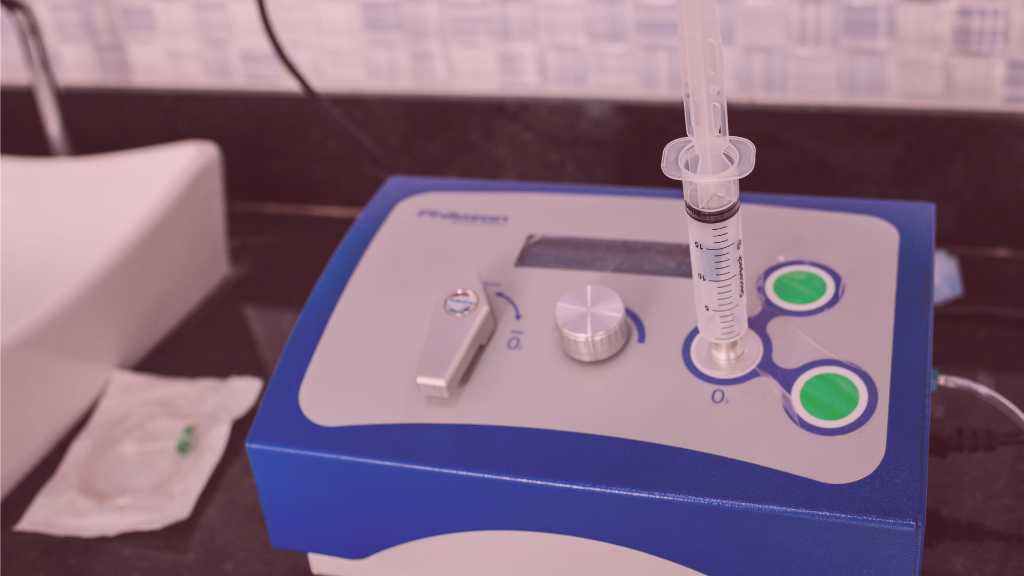Kelowna Holistic Dentist Dr. Shauna Palmer:
“Mercury amalgam fillings, once a standard in dental care, have become increasingly controversial due to their potential health risks. These silver-colored fillings are composed of about 50% mercury, a known neurotoxin. Scientific research has revealed that mercury exposure can lead to a variety of serious health issues, making it crucial for individuals to consider replacing their amalgam fillings with safer alternatives.”
Health Impacts of Mercury Exposure
Mercury is a potent neurotoxin, meaning it has the potential to damage the nervous system. The health problems associated with mercury exposure from dental amalgam fillings include:
- Mood Swings: Mercury can affect the brain and cause emotional instability, leading to frequent mood swings.
- Insomnia: Exposure to mercury can disrupt sleep patterns, resulting in chronic insomnia.
- Headaches/Migraines: Mercury toxicity is a known trigger for severe headaches and migraines.
- Tremors: Uncontrollable shaking or tremors are a common symptom of mercury poisoning.
- Endometriosis: Mercury can contribute to the development of endometriosis, a painful condition affecting the uterus.
- High Blood Pressure: Mercury exposure can increase the risk of hypertension, leading to cardiovascular issues.
- Skin Rashes: Some individuals may develop skin rashes due to mercury exposure.
- Loss of Coordination: Mercury can impair motor skills, leading to a loss of coordination.
- Impairment of Speech, Hearing, and/or Sight: Mercury toxicity can affect sensory and motor functions, impairing speech, hearing, and vision.
- Muscle Weakness and Atrophy: Mercury exposure can lead to muscle weakness and atrophy, reducing physical capabilities.
- Cognitive Impairment: Mercury can affect cognitive functions, leading to memory problems and reduced mental clarity.
- Kidney Malfunction: The kidneys are particularly vulnerable to mercury toxicity, which can lead to kidney malfunction.
- Respiratory Distress: Inhaled mercury vapor can cause significant respiratory issues.
- Death: In extreme cases, severe mercury poisoning can be fatal.
Safe Removal and Replacement of Mercury Amalgam Fillings
Given the potential health risks, many people are choosing to replace their mercury amalgam fillings with safer alternatives. Dr. Shauna Palmer, a holistic dentist at Health & Beauty Dentistry in Kelowna, specializes in the safe removal and replacement of these fillings using the Safe Mercury Amalgam Removal Technique (SMART).
Dr. Shauna Palmer’s Holistic Approach to Dental Care
Dr. Shauna Palmer’s approach to dental care is holistic, meaning she considers the overall health and well-being of her patients. She emphasizes the importance of reducing exposure to toxic substances, including mercury from dental fillings.
Kelowna Holistic Dentist Dr. Shauna Palmer states:
“Holistic dental care is becoming increasingly popular, and it’s no wonder. Our environment impacts our health. Reducing the amount of exposure we receive from toxic substances is important if we want to protect ourselves from illness and injury. Thankfully, the dental community is on board with finding healthful ways to provide dental treatment and care. If you’d like more information regarding safer amalgam fillings removal or other holistic dental care options, don’t hesitate to ask. My team and I are happy to provide you with information regarding best dental care practices and providing you with safe, quality dental services.”
The Safe Mercury Amalgam Removal Technique (SMART)
The SMART protocol is designed to minimize the risk of mercury exposure during the removal of amalgam fillings. This technique includes several protective measures to ensure both patient and practitioner safety:
- Isolation of the Tooth: The tooth is isolated to prevent mercury particles and vapor from being ingested or inhaled.
- High-Volume Suction: Special suction devices are used to capture mercury vapors and particles.
- Protective Gear: Both the patient and dental staff wear protective gear, including masks and drapes, to reduce exposure to mercury.
- Air Filtration: High-efficiency air filtration systems are used to remove mercury vapors from the treatment room.
- Proper Disposal: Removed amalgam material is disposed of safely to prevent environmental contamination.
Benefits of Replacing Mercury Amalgam Fillings
Replacing mercury amalgam fillings with healthier, white composite fillings not only eliminates the risk of mercury exposure but also provides aesthetic benefits. Composite fillings are tooth-colored and blend seamlessly with natural teeth, improving the appearance of your smile.
Do Not Risk Exposure to Toxic Substances!
The potential health risks associated with mercury amalgam fillings make it essential to consider safer alternatives. Dr. Shauna Palmer at Health & Beauty Dentistry in Kelowna provides expert, holistic dental care, including the safe removal and replacement of mercury fillings using the SMART protocol. Her commitment to reducing exposure to toxic substances ensures that patients receive the highest quality care in a safe and supportive environment.
If you are concerned about your mercury amalgam fillings and want to explore safer options, schedule a SAFE mercury filling removal appointment with Kelowna dentist Dr. Shauna Palmer today.














